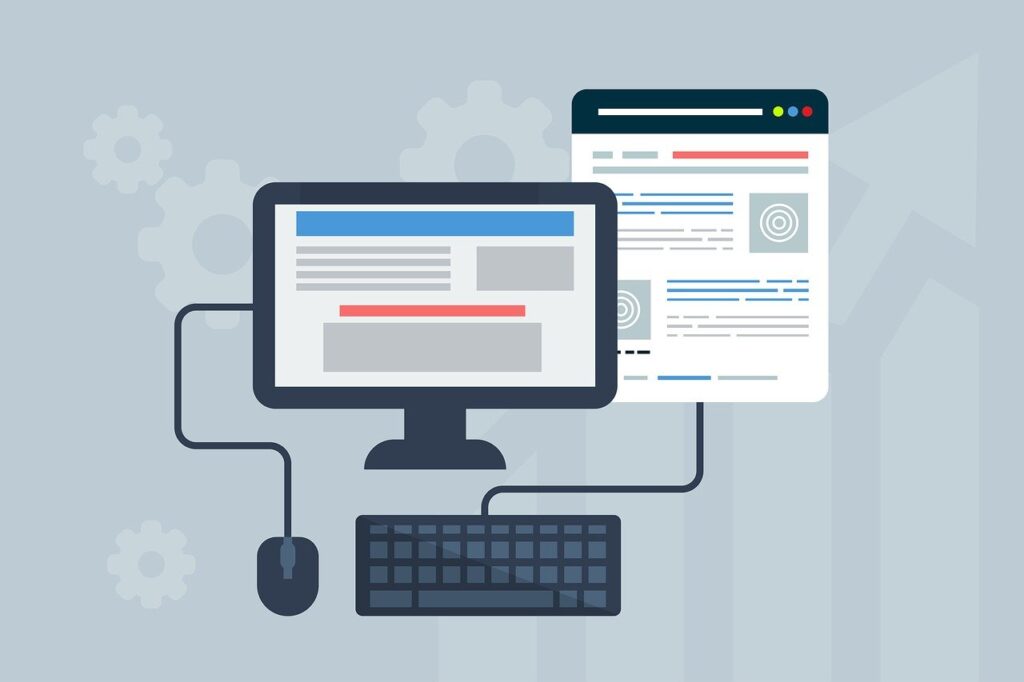Introduction
Web development is the backbone of the internet, powering everything from simple blogs to complex web applications. Whether you’re a business owner looking to create an online presence or a developer aiming to improve your skills, understanding web development is essential. This article provides a step-by-step guide on how to build modern, responsive, and user-friendly websites.
What is Web Development?
Web development is the process of creating and maintaining websites. It involves two main areas:
- Front-end development – The visual and interactive parts of a website.
- Back-end development – The server, database, and application logic that power a website.
Types of Websites
Websites can be categorized into different types based on their functionality:
- Static Websites: Fixed content that doesn’t change unless updated manually.
- Dynamic Websites: Content updates automatically based on user interaction (e.g., social media).
- E-commerce Websites: Online stores that facilitate buying and selling.
- Web Applications: Advanced platforms like online banking or email services.
The Web Development Process
1. Planning and Research
Before coding, it’s important to:
- Define the goal of your website.
- Research competitors and industry standards.
- Select a domain name and hosting provider.
2. Designing the Website
A great website starts with a great design. Consider:
- Wireframing: Creating a rough layout of the website structure.
- UI/UX Design: Focusing on ease of use and visual appeal.
- Responsive Design: Ensuring the website works on all screen sizes.
3. Front-End Development
The front-end is what users see and interact with. It includes:
- HTML: The structure of the website.
- CSS: The styling and layout.
- JavaScript: The interactive elements.
- Frameworks like React.js, Vue.js, or Bootstrap can speed up development.
4. Back-End Development
The back-end powers the website and manages data. It involves:
- Programming languages: PHP, Python, Node.js, Ruby.
- Databases: MySQL, MongoDB, PostgreSQL.
- APIs: Connecting the front-end with the back-end.
5. Testing and Debugging
Before launching, perform:
- Functionality Testing: Checking that all features work.
- Performance Testing: Ensuring fast load times.
- Security Testing: Protecting user data from threats.
6. Deployment and Optimization
- Upload the website to a hosting server.
- Configure domain settings and SSL security.
- Optimize for SEO (Search Engine Optimization) to rank on search engines.
7. Maintenance and Updates
- Regularly update content and fix bugs.
- Improve security to protect against cyber threats.
- Analyze user behavior through Google Analytics to enhance user experience.
Key Features of a Successful Website
- Fast Loading Speed: Optimize images, compress files, and use caching.
- Mobile-Friendly Design: Ensure compatibility with all devices.
- SEO Optimization: Use proper meta tags, keywords, and structured data.
- Security: Install SSL certificates, firewalls, and implement strong authentication.
- User-Friendly Navigation: Simple and intuitive design for easy access to information.
Conclusion
Web development is an ever-evolving field that requires creativity, technical skills, and problem-solving. By following a structured approach and focusing on user experience, you can build powerful websites that stand out in the digital world.
Looking to develop your own website? Let’s make it happen! 🚀





